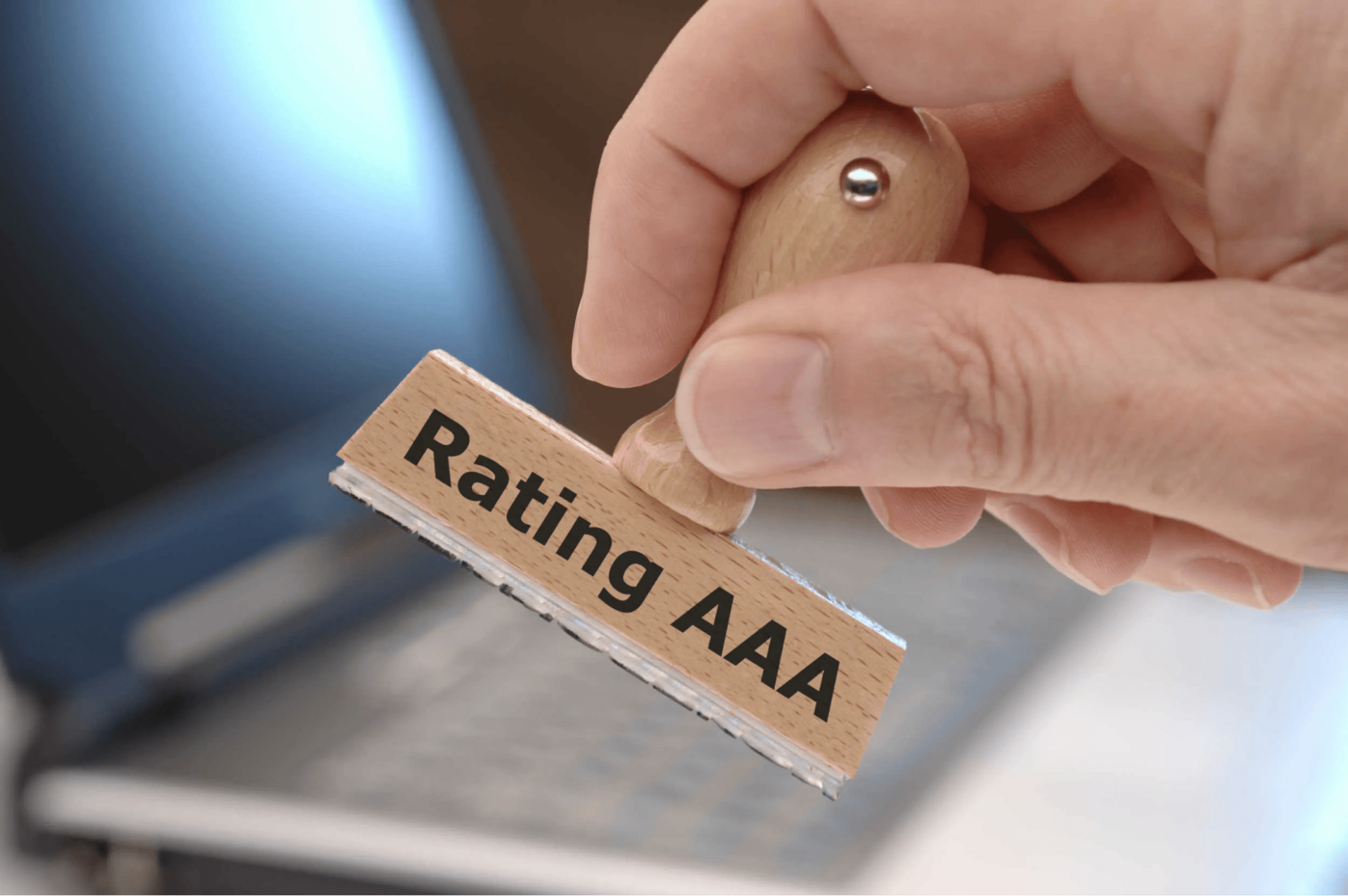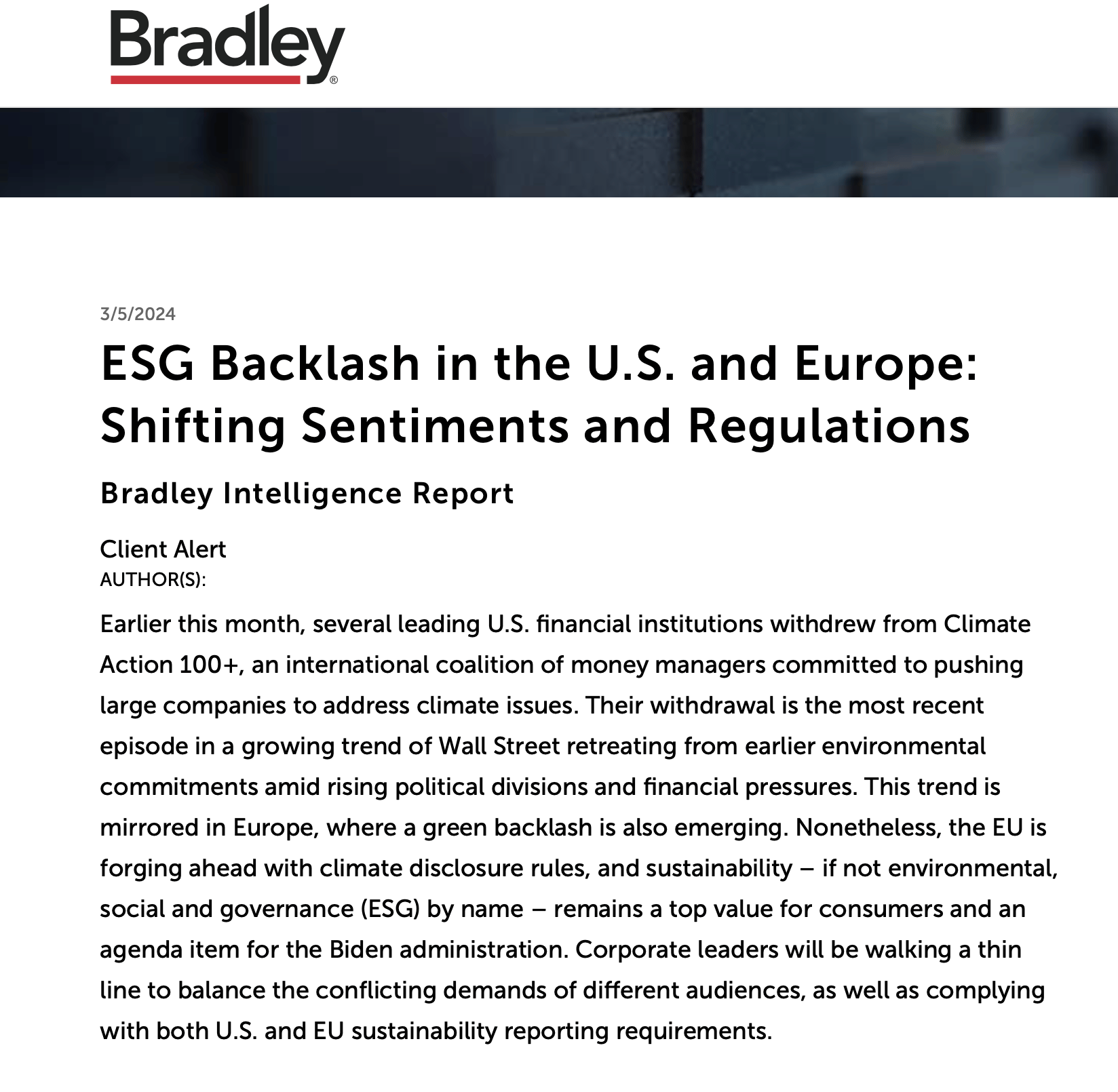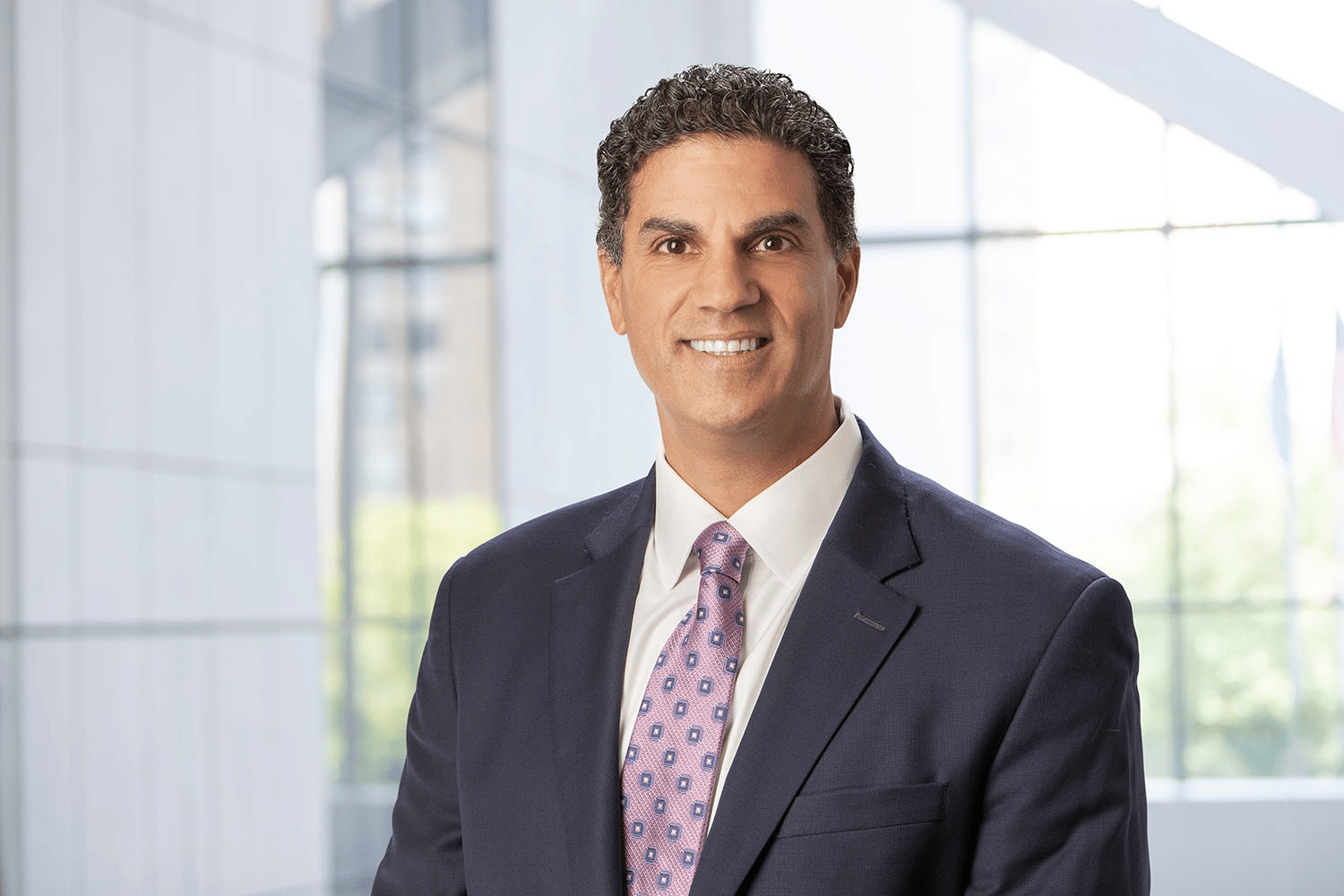
Newsletter
Beyond TechThe Future of Tech
News & Insights
IN PARTNERSHIP WITH
Tech Buzz contributor, Shirin Unvala, writes on a touchy topic: the collision between ESG and credit ratings. 👀
For many, “work” and “laptop” are synonymous. But 66% of users say they want to throw theirs out the window due to poor performance. So Immersed rethought everything.
They built the first immersive workspace where professionals can focus and collaborate from anywhere. How? By combining the top-rated XR work app, a comfort-first Spatial Computer, and AI that helps organize your day.
And it’s skyrocketing, with 1.4M professionals, including Fortune 500 teams, already using it.
Now, Immersed is shipping its first headsets, with 75,000+ people waitlisted already. That’s a projected $71 million in first-year sales. No wonder leaders at Intel and Meta already invested.
Disclaimer: This is a paid advertisement for Immersed’s Regulation CF offering. Please read the offering circular at https://invest.immersed.com/

Ever wonder how the ESG function has come to fruition? Well, in the early 2000’s, the values-based mode of investing developed as a means for people to describe non-financial risks.
Core investors such as Blackrock and Vanguard have integrated ESG ratings into their screening process for assessing long-term risks—but, how can we trust their scores? Agencies, for a long time, have utilized a wide swathe of metrics, weighting systems, and data sources. With no standardized framework, the same company can earn a high score from one agency and a low score from another.
Sound reminiscent of a distant economic tragedy that struck in 2008? If you thought back to the Subprime Mortgage Crisis that spanned the years 2007 to 2010, you’d be correct. Although different in function, Credit Rating Agency operatives during the crisis have re-emerged through the ESG rating frameworks.
Investors rely on ESG scores to steer capital toward sustainable, lower-risk companies. If a company boasts a fake, high quality ESG score, investors may unknowingly be funding unethical practices (supply chain, human rights abuses, unregulated carbon emissions).
Also at risk is an amplification of greenwashing. This green facade can shield the public from harmful practices, delaying reforms to those pain points.
According to a survey conducted by ESG Today, despite highly visible anti-ESG campaigns ongoing in the U.S., U.S. based investors were actually more likely to have sustainable investment policies in place than their global peers, with 83% of professional U.S. investors reporting implementation of ESG investing policies.

Leading up to the housing market crash in 2008, Credit Rating Agencies (CRA’s) wrongly inflated their ratings so as to dissuade their clientele from going to their competition for better scores. Soon enough Mortgage Backed Securities (MBS) defaulted, causing the entire housing market to collapse.
In the early 2000’s, real estate prices were fastly rising, signaling reliable investor opportunity. Banks and lenders began approving mortgages to anyone–regardless of their financial fitness. These dishonest loan approvals were otherwise known as subprime mortgages.
With a desire to profit off of what appeared to be a promising market, Wall Street decided to bundle these mortgages into Mortgage-backed securities (MBS) and Collateralized Debt Obligations (CDOs). These complex financial products were then unethically reviewed by rating agencies. Because agencies were being paid by the same institutions that were asking for a rating, CRAs such as Moody’s and S&P assigned high safety ratings to these financial bundles.
In 2007, interest rates started to climb and eventually the bubble burst as homeowners started defaulting on their loans. It all came crashing down. The value of housing, MBS and CDOs plummeted.
As a result, big financial institutions became overexposed and started failing. Most notably, Bear Stearns, an American investment bank, narrowly escaped bankruptcy through its acquisition by JPMorgan Chase. The impact was catastrophic.
In dissecting the overall shortcomings that led to the chaos in financial markets in the early 2000s, there are striking similarities to the methodologies and frameworks that ESG rating agencies have come to utilize for their service.
We can firstly establish the role of CRA’s and ESG Rating Agencies, alike.
The purpose of these agencies is to eliminate information asymmetry between borrowers and sellers, thereby helping investors determine the quality of financial products or indebtedness of a sovereign nation.
Banks, Insurance companies and Pension Managers rely on the Credit Ratings Agencies to purchase only high-quality debts.
CRA’s use the following 2 methodologies to assess the quality of a financial product:
Issuer pays: The company in need of the certification will pay the Credit Rating Agency to examine its financials and issue a credit report
Subscriber pays: Individual investors or financial institutions pay to access credit ratings or other information
ESG rates vary (some investor-pays) but agencies will actually often bundle their ratings with a consulting service.
So, what’s the issue? The Issuer pays/consulting adjacent service model creates a conflict of interest where agencies are incentivized to curve their ratings to satisfy their clients and retain their business.
Issuers, for example, are allowed to shop around for CRA’s. If an agency assigns a less than favorable rating, the issuer can simply threaten to do business with their competitor down the street.
Feature/Aspect | ESG Rating Agencies (Now) | Credit Rating Agencies (2008) |
Core Function | Assess ESG risks/opportunities | Rate creditworthiness |
Transparency | Opaque; methodologies vary | Opaque; esp. For MBS/CDOs |
Standardization | Low; no universal ESG framework | Moderate; standardized for loans, not MBS |
Regulation | Light but increasing (EU led) | Minimal pre-2008 |
Data Quality | Self reported, inconsistent; greenwashing common | Based on audited financials (in theory) |
Public Trust | Mixed; facing scrutiny post-scandals | Very poor following housing crash - 3.1 million Americans filed for foreclosure on their homes |
Market Influence | Growing influence in risk- based investing | Central to investment decisions |
Not too long ago, the asset management company DWS was fined $27 million following a lengthy probe that found the firm guilty of greenwashing and misleading self-proclaimed social and environmental investing credentials. In 2021, regulators on either side of the Atlantic began investigating accusations, first initiated by a whistleblower by the name of Desiree Fixler who joined DWS in 2020 as a group sustainability officer.
The key issue was that ESG integration was said to be applied to over half of assets under management (AUM), but in practice, the criteria were weak, inconsistently applied and rarely enforced.
DWS’ economic downturn is the biggest greenwashing scandal on Wall Street to date, which discredited the value of $354 million in investments. It highlighted how ESG funds can be marketed and left unsubstantiated with rigorous or transparent methodologies.
Although the effects from the Deutsche Bank scandal didn’t reverberate and snowball into an international economic crisis, the internal financial losses were steep and the PR fallout regarding confidence in ESG was tremendous.

To further understand the parallels and pitfalls of ESG rating practices, Shehriyar Antia, Head of Thematic Research at PGIM, shared his insights.

PGIM’s client focused, long term view has for a long time integrated ESG into its brand and objectives as a wealth management company.
As written on their website: PGIM employs a robust and transparent ESG investing process. We strive to deliver sustainable business and environmental solutions, and continue to broaden our ESG product offerings, creating better outcomes for our clients in the long term.
“ESG ratings are problematic because issuers often pay for them, just like CRAs in the early 2000s. There’s also a lack of data—especially on social (‘S’) and governance (‘G’) factors. Most data focuses on carbon, and it’s all backward-looking. You can’t forecast future emissions, and without quantifiable inputs, models are limited.”
“We love numbers in finance. But ESG often requires bottom-up research—reading annual reports, joining earnings calls, and tracking company progress. It’s not all quantifiable, and that’s where traditional models fall short.”
“There was a push to exclude natural gas a few years ago to lower carbon emissions. But if you’re serious about decarbonization, natural gas can be a transitional solution. Yet models don’t always account for that nuance, so ESG scores may overlook viable green(er) investments.”
“It’s not helpful to think of ESG in black-and-white terms. Big oil isn’t always the villain, and clean energy startups aren’t always heroes. ESG is more nuanced.”
“During the lead-up to 2008, everyone trusted CRAs. With ESG, there’s already more skepticism—especially around top-down scores from firms like MSCI. Sophisticated investors are aware of these shortcomings. So while ESG ratings may still influence decision-making, investors are increasingly cautious.”
ESG ratings shape where trillions in capital flows. Without rigorous oversight and consistent standards, misleading scores can misguide investments, mask serious risks, and stall meaningful change. While the chance of another global collapse is low, the consequences are still severe: misallocated capital, eroded investor trust, and failure to address real social and environmental costs.
Until ESG ratings are more transparent and better regulated, their credibility—and the meaningful change they aim to support—will remain under scrutiny.
Sources:

| Get the daily newsletter that helps you understand the tech ecosystem sent to your inbox weekly.
More Newsletter Posts

Newsletter
Special Edition: Drone Innovations